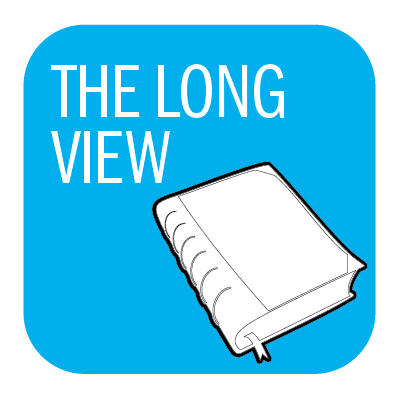Despite what some have said, it really matters that the massacre in Orlando took place at a gay club’s popular Latino night. The majority of the victims of the shooting were Latino men. A killer came into their home—as gay spaces have long since been homes to queers of color—and let in the fears, prejudice and violence from the outside world.
The attack at Pulse is anomalous insofar as it tragically claimed the lives of several dozen people in one setting, but queer and transgender Latinos have historically fallen victim to habitual and casual violence by both the state and civilians.
Take the virulent atmosphere in 1977 in Miami. That’s when singer-turned-social commentator Anita Bryant successfully spearheaded a campaign to overturn a county ordinance that shielded lesbians, gays and bisexuals from discrimination in housing, public accommodations and employment. These legal protections, one of the first such acts in the country, would have had a most palpable effect on queers of color who frequently experienced discrimination as a product of their race, ethnicity or class. For many, hiding their queer identities often seemed less pressing than trying to deflect the hatred they endured as black and brown people, or immigrants who perhaps only spoke broken English.
The Cuban-American community in Miami has often been cast as playing an important role in helping overturn that progressive ordinance. As TIME put it in 1977 coverage of the controversy, Bryant appealed to their “family-oriented” nature and implied to immigrants that making Miami a more welcoming place for gay people would lead to a situation so bad that “you would have to leave again.”
But that version of the story has eclipsed the work of the gay members of that community, who were both Cuban and queer, and the steps they took to fight against homophobia. They worked tirelessly to find a place that spoke to each part of their intersecting identities. Collectively, their efforts cultivated a culture that would welcome and support queer immigrants and exiles from throughout Latin America and the Caribbean for years to come.
The city’s queer Cuban immigrants also endured several forms of violence. One Cuban-American gay leader, Ovidio Ramos, took his own life that year when pain and depression overcame him. One source told reporters that his death was a “murder by public and private vilification and harassment.” Another Cuban-American, Manuel Gomez, took Ramos’s place as leader of a local gay Latino organization fighting against Bryant and her followers. Someone, or several someones, responded by firebombing his car.
Get your history fix in one place: sign up for the weekly TIME History newsletter
The case of Cuban-Americans in Miami is but one example of the ways in which queer and transgender Latinos have faced obstacles specific to their population. For example, Latinos whose gender and sexual identities have not conformed to community or state standards have frequently been greeted by violence at the borders. U.S. immigration law formally prohibited queer people from entering the country starting in 1952, and through several informal policies before then. While the Immigration and Naturalization Service statutorily removed that policy in 1990, discrimination and harassment persists. Recent reports have exposed the high frequency of abuse transgender Latinas are prone to at U.S. immigration detention centers—and that’s on top of the staggering fact that, per a 2014 Fusion investigation, an estimated 80% of Central American women trying to enter the United States by way of Mexico are raped.
In addition, although the United States in 2010 lifted a decades-long ban on admitting those living with HIV or AIDS, those infected can still be denied permanent residency. Fears of deportation, violence and harassment continue to deter undocumented Latinos in the United States—including those living with the disease—from seeking medical treatment or social services, despite the fact that they and their families pay heavy state and local taxes.
The obstacles faced by queer Latinos at American borders present a particularly ruthless irony in light of the role the United States has historically played in affecting lives in the region. More recently, we’ve seen queer and transgender people fleeing countries like Honduras, where they face a high level of violence. Even—or especially—coming from Puerto Rico, a U.S. territory, many are driven to move to places like Orlando because of factors the mainland has the power to fix. This includes the island’s $72 billion debt, which is compounded by the U.S. regulations that govern the territory.
With this in mind, it should come as no surprise that 23 of the 49 people whose lives were cut tragically short in Orlando were specifically of Puerto Rican descent. As the front page of the island’s largest newspaper mourned, “They are our dead.”
The Pulse tragedy most regrettably joins a long list of violent acts queer Latinos have historically experienced. To ignore this fact is to inflict even more harm.

Historians explain how the past informs the present
Julio Capó, Jr. is assistant professor of history at University of Massachusetts, Amherst.
More Must-Reads from TIME
- How Donald Trump Won
- The Best Inventions of 2024
- Why Sleep Is the Key to Living Longer
- Robert Zemeckis Just Wants to Move You
- How to Break 8 Toxic Communication Habits
- Nicola Coughlan Bet on Herself—And Won
- Why Vinegar Is So Good for You
- Meet TIME's Newest Class of Next Generation Leaders
Contact us at letters@time.com